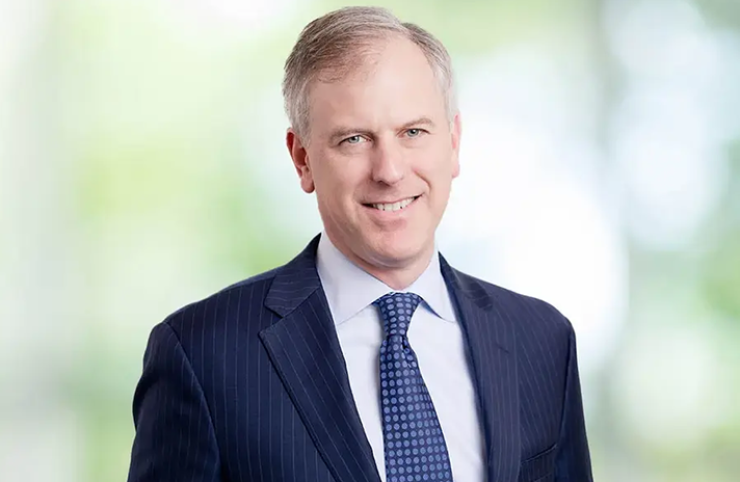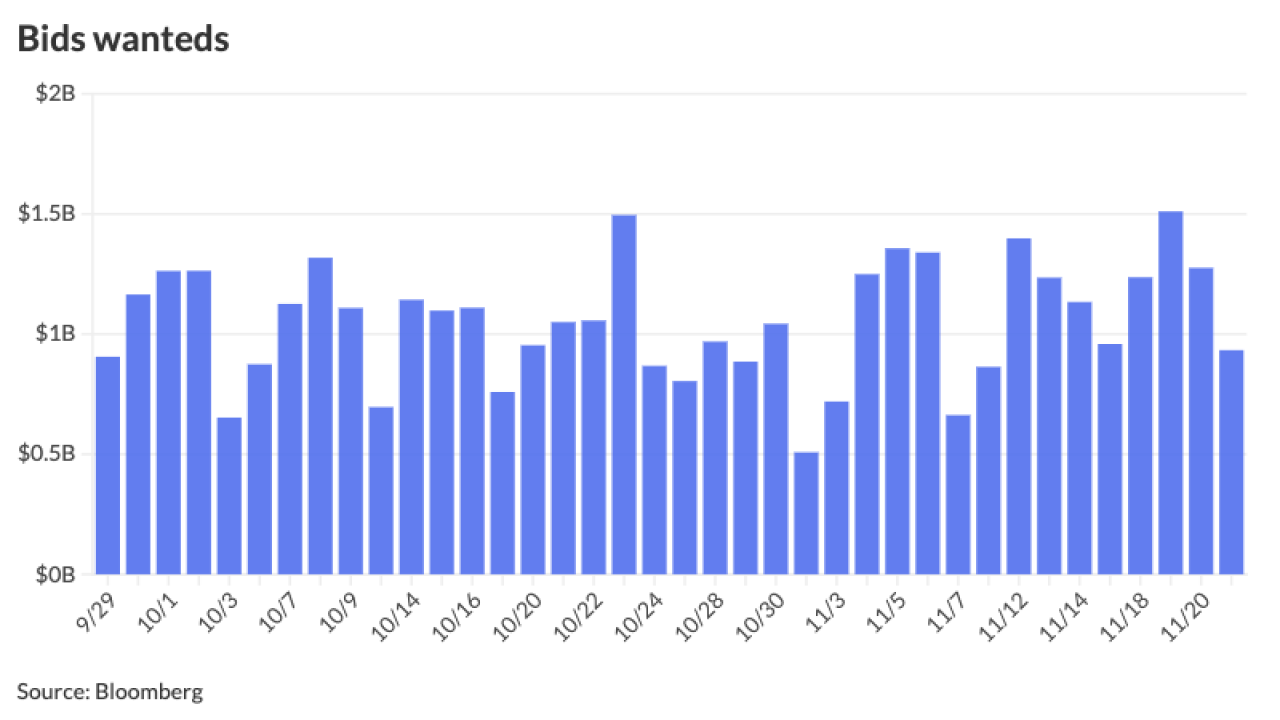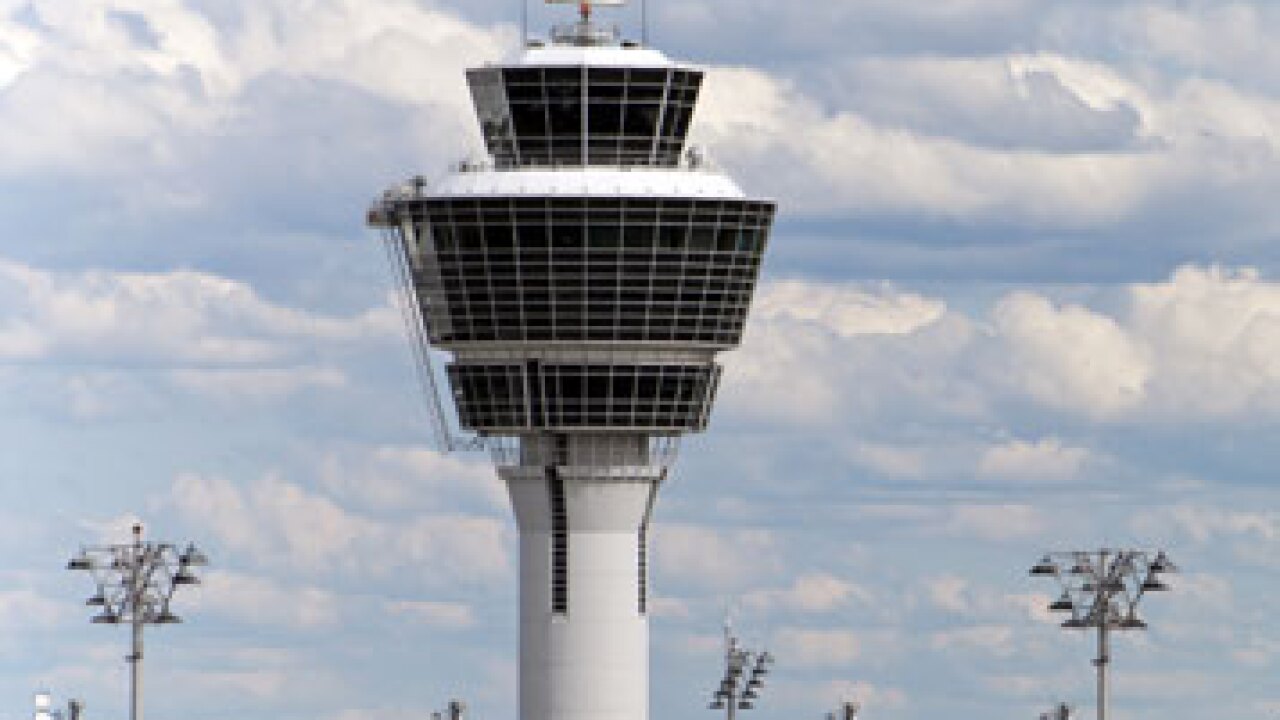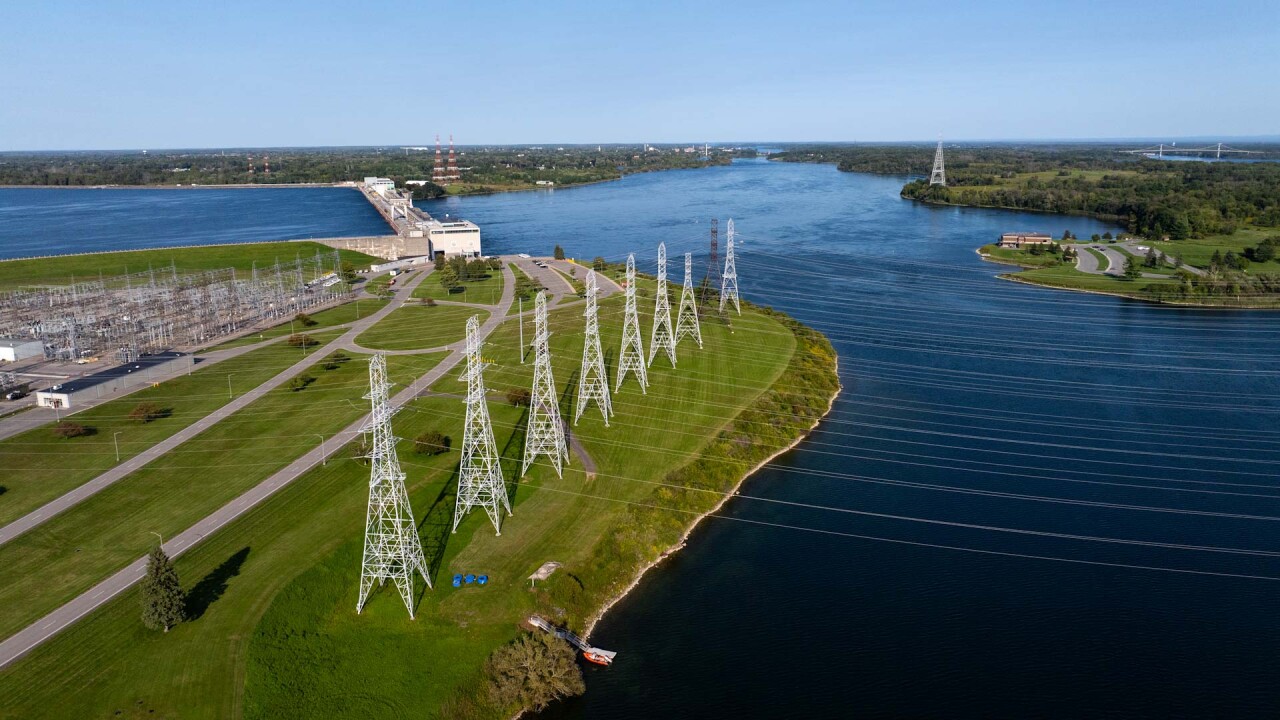
A new advisory board for the U.S. Department of Transportation hopes to increase the use of public-private partnerships and attract more American capital, including pension funds, to improve transportation infrastructure.
"I want to use federal dollars as efficiently as possible and I want to find ways to leverage private capital with those dollars," Transportation Secretary Sean Duffy told the
"With a number of our projects, what we see is opportunity for private capital and often times it's frustrating because it's a lot of foreign capital," he said. "It seems like pretty good returns they're making on American infrastructure, so it would be great to get American capital."
The Trump administration in May asked for applicants who are experts in sectors like aviation, infrastructure, construction, finance and legal affairs. The group is tentatively set to meet quarterly and present Duffy with a shortlist of recommendations. During the first meeting, Duffy and the members outlined two themes: attracting more private investment into infrastructure and stretching federal dollars further by improving the regulatory environment.
Members divided into several task forces, including one focused on increasing the use of P3s.
The board includes prominent P3 experts: Robert Valentine, senior managing director at Macquarie Group; David Horner, partner and head of the infrastructure and P3 practice at Hunton Andrews Kurth LLP; and Francis Sacr, principal at Lorne Infrastructure and former executive director of the Gateway Development Commission who also worked on the P3 at LaGuardia Airport Terminal B.
Members floated ideas like creating a template for unsolicited proposals from private industry, encouraging more state and local agencies to consider P3s and attracting U.S. pension fund money.
"We want to create points of entry in the infrastructure landscape for U.S. capital to invest," Horner said, adding that there may be "a handful of marquee projects across the country that we can support."
"It's about incentivizing," said Valentine of creating more private infrastructure investment. "There's not a lot of federal infrastructure that ends up in P3s — it's usually state or bistate authorities, so how do you incentivize those agencies to undertake more projects that could be supported by private capital rather than just a discretionary grant from the federal government?" Valentine said. He added that U.S. pension money should be the "first call" and proposals should be "appealing to retirement systems in Illinois and Texas."
Board chair Gregg Reuben, CEO of Centerpark, noted that it would take $4.6 trillion to bring the
"How do we take the initiative to begin these improvements, and spend $4.6 trillion, without raising taxes, without reshuffling revenues?" he asked. "It's going to take a set of solutions that I think a lot of you guys sitting around the table can give insights into."
Duffy said President Trump "loves infrastructure" and would be tracking their progress.
"We have a president who cares about our success; the problem is that if we're not successful, he cares about it," he joked.
Speed is of the essence, the secretary said.
"These things take a while so if we don't start now we won't see the fruits of our labor by the end of this administration," he said. "This really is the moment to think big, think bold."
The board's next meeting is set for Oct. 15.





